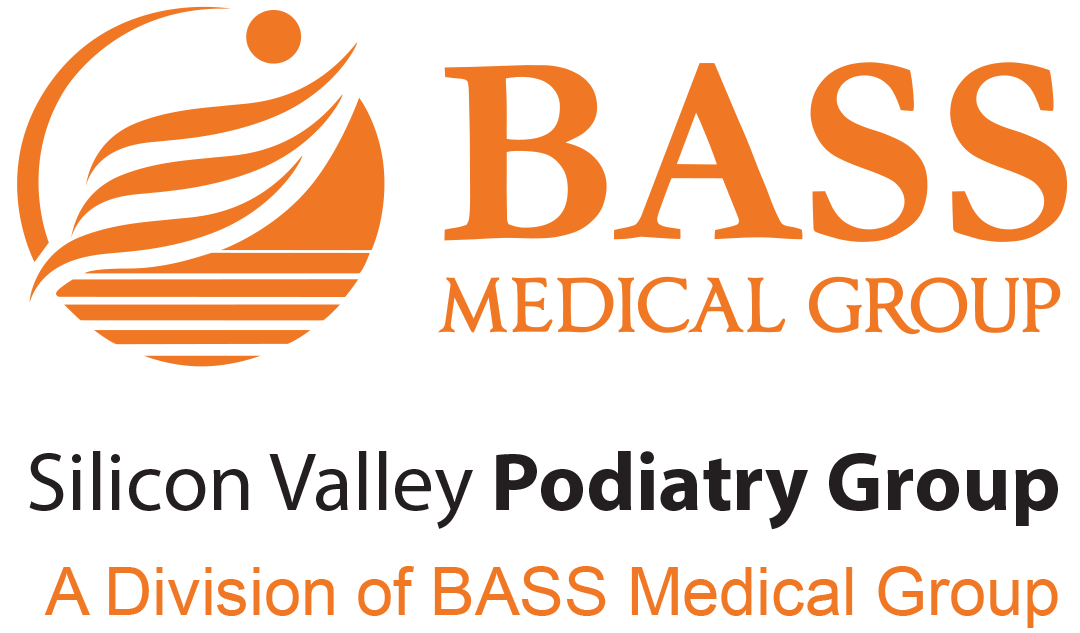"Entire appointment was excellent. Very friendly check in. Was moved to exam room. My good health was their prime directive."
Bunions are easy to spot—just look for the bump on the side of the foot, at the base of the big toe.
But take a deeper look, and there’s a lot more going on.
Here’s what’s actually happening—the structure of the front of your foot is changing. The big toe is falling further out of alignment, slowly drifting toward the neighboring toes. And as the position of the bones and angle of alignment changes, that characteristic bump begins to form.
Bunion Symptoms
Bunions do not get better on their own, but only worse. Given enough time, what may be only a visual annoyance today will become increasingly swollen, arthritic, and painful—first only when wearing certain shoes or performing certain activities, but later almost all the time.
To avoid these complications, it’s best to have your foot evaluated and your bunion treated as early as possible.
Bunion Causes
In most cases, bunions are the ultimate result of a genetically inherited foot structure that is mechanically flawed or inefficient. Over the years, excess weight and pressure on the front part of the foot will cause the joint to become destabilized and the bunion to form.
As a result, bunions often run in families. If a parent or grandparent has them, there is a much greater chance that you will as well.
There is also some evidence linking tight, narrow shoes that crowd the toes to increased bunion risk. Although it’s generally agreed by most experts that poor footwear does not cause bunions, bad shoes do aggravate symptoms and may cause your bunion to develop sooner or faster than it otherwise would.
To avoid these complications, it’s best to have your foot evaluated and your bunion treated as early as possible.
Bunion Treatment
Because bunions tend to get worse over time despite efforts to delay or prevent them, we typically recommend that you have them fixed surgically, even if they are not significantly painful or arthritic yet.
Even though conservative treatments can sometimes temporarily alleviate pain or slow the progression of the condition somewhat, we want to prevent the worst consequences and complications from occurring in the first place. Getting your surgery done earlier means less overall pain and less reduction of your quality of life, now and in the future.
Advanced Bunion Surgery at Silicon Valley Podiatry Group
Our foot and ankle surgeons are trained in advanced surgical procedures, including minimal incision techniques. Unlike most other clinics in the area, this training allows us to perform bilateral bunion surgeries—that is, bunion surgeries on both feet at the same time.
This drastically reduces the overall recovery time before you’re back to full activity: Not only do you get the benefit of a more advanced surgical procedure with quicker healing times, but both feet can recover at the same time instead of on after another.
Results will vary based on factors such as your age, the severity of your bunion, and how well you follow post-operative procedures. However:
About 9 out of 10 people we perform bunion surgery on are able to walk immediately, right after the procedure.
Many can return to work in as little as 1 week, and return to wearing their regular shoes in just 3 weeks!
This is a much better prognosis than traditional surgery, which often come with recovery times that are twice as long (or more).
Our bunion surgeries are performed outpatient, comfortably under sedation administered by our anesthesiologist.
Conservative Care
Unfortunately, bunions cannot be corrected through any means other than surgery, and conservative treatments generally can not prevent the bunion from slowly getting worse over time. This is why we almost always recommend surgery.
That said, we may suggest the use of custom orthotics or adjustments to your shoe gear to help temporarily alleviate the painful symptoms of mild-to-moderate bunions. Although these should not be considered alternatives to surgery, they can reduce your discomfort in the meantime.
Either way, you will want to schedule a surgical procedure as soon as possible, before the joint becomes arthritic or pain becomes severe.
At Silicon Valley Podiatry Group, we always provide a comprehensive foot and ankle checkup before recommending any treatment procedure. If you’re looking for advanced solutions to your bunions or other foot problems, please call our office today at (408) 358-2666.





